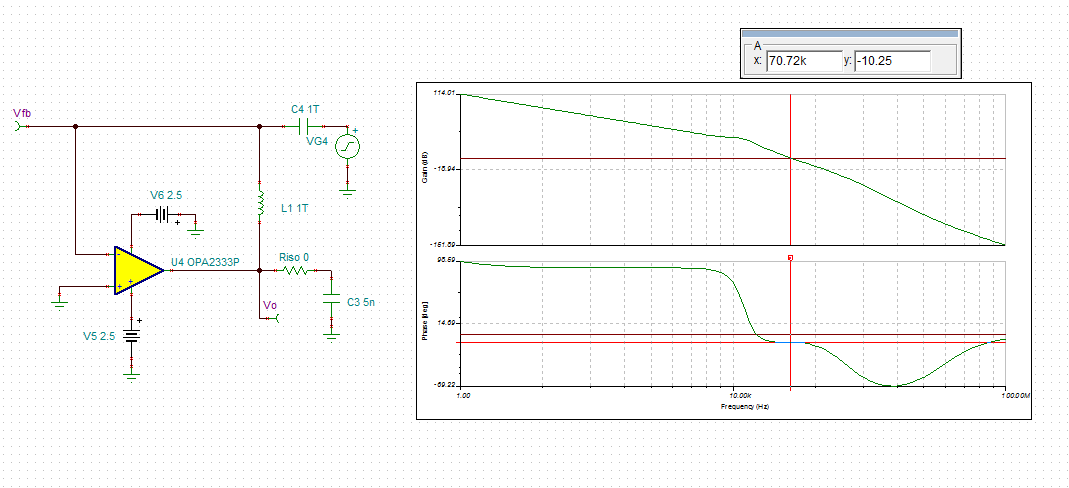Hi,
I am trying to simulate buffer stability with tina.
To get a transient graph, I used circuit above and got pretty good result.
But in TI precision lab, I learned that if i want to simulate gain and phase margin, i have to use open loop circuit like below.
Why do i have to design circuit like above?
If i simulate with first circuit, will i get a wrong result?
Thanks,
Best regards,
Yunsik





